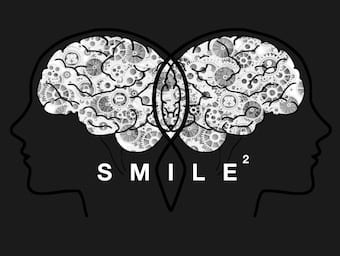
Crisis Resource Management (CRM)
Crisis Resource Management (CRM) refers to the non-technical skills required for effective teamwork in a crisis situation

Crisis Resource Management (CRM) refers to the non-technical skills required for effective teamwork in a crisis situation

We all need a bit more Mattu in our lives. Three awesome #FOAMed lectures to satisfy your hypomattuism thanks to Essentials of EM and Hippo education

A 44 year-old man presents to the ED 2 days after having an infected left mandibular second molar tooth extracted by his dentist.

Cyproheptadine is a histamine and serotonin antagonist with anticholinergic properties. It has been advocated for control of symptoms in mild-to-moderate serotonin syndrome.

Calcium – useful antidote for calcium channel blockers, hydrofluoric acid exposure to skin or systemic fluorosis, ethylene glycol (hypocalcaemia), hyperkalaemia and iatrogenic hypermagnesaemia.
Atropine is a competitive muscarinic antagonist, used to treat drug-induced bradycardia and poisoning by acetylcholinesterase inhibitors Organophosphate poisoning: Adult Dose = 1.2mg with further dosing every 2-3 mins, doubling the dose each time until there is drying of secretions. Paediatric…

Most teaching faculty work at academic programs, which typically aren’t in areas considered “wilderness” by the average layperson. Thus, teaching wilderness and austere medicine in an urban environment is necessary for those of us who can’t get our departments to…

Used for both the acute or chronic overdose. Typically this is from the pharmaceutical agent digoxin. Other cardiac glycosides such as Oleander can be treated with digoxin immune fab.

With the proximity of Saturnalia celebrations already upon us, we are experiencing an early start to the affluenza season

Since 2009 we have reviewed, revised and revitalised the Emergency Medicine and Critical Care blogs (EMCC) database. It has been a great way to add new resources

Communication is a key non-technical skill for effective crisis resource management (CRM)

Collective competence is a complementary concept to individual competence that is relevant in healthcare as patient care is dependent on teams and networks of individuals working together within a complex system